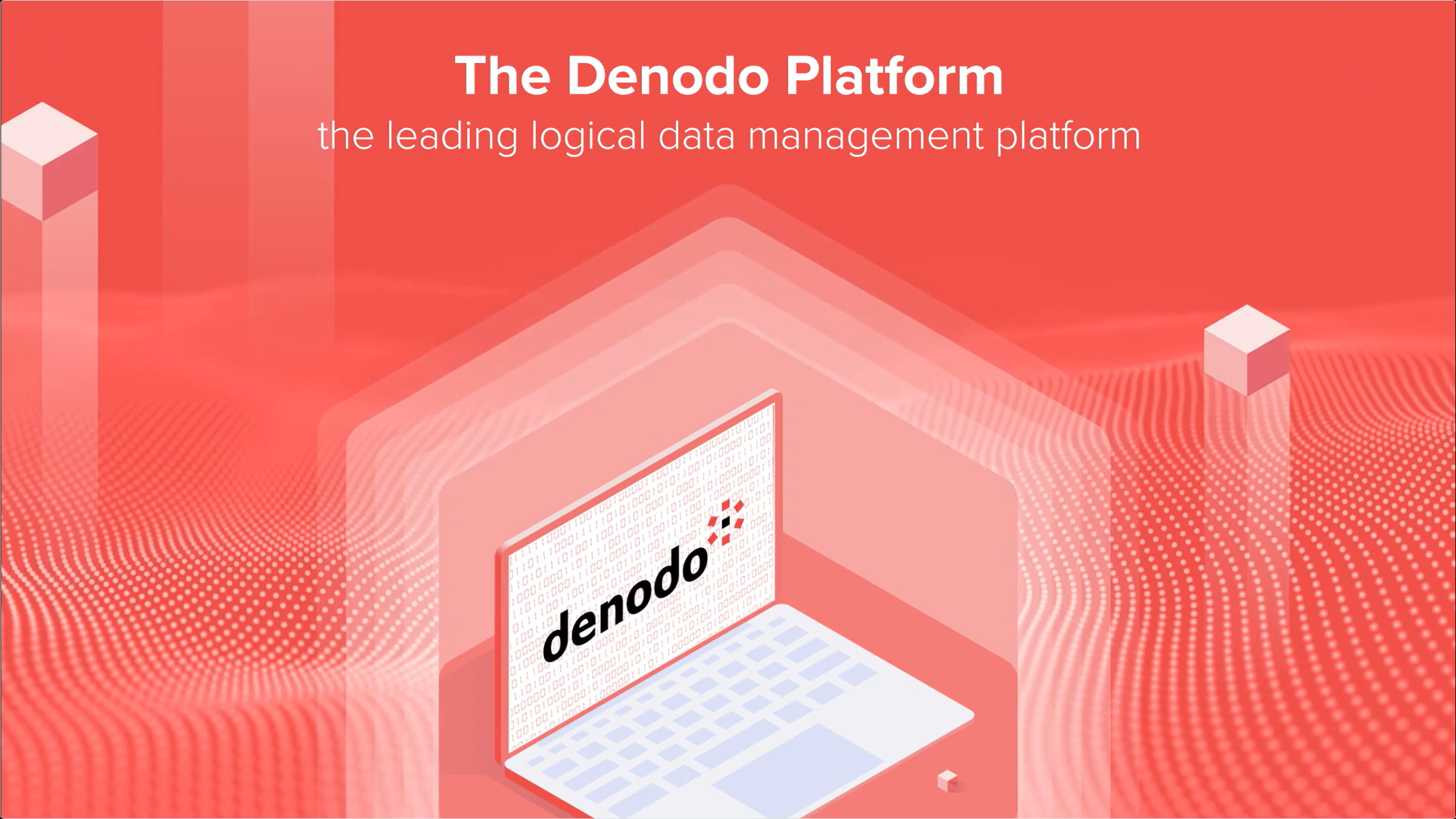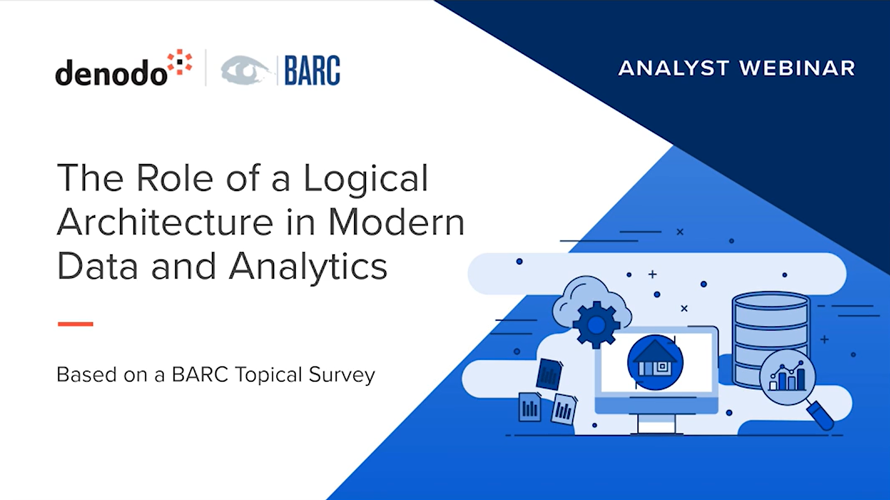Organizations need to be able to deliver data to business and technical users at the speed needed by the business, and they need to be able to deliver AI-ready data to AI applications, in real time. All data needs to be authoritative, secure, well-governed, and compliant, so that it is not only trusted but also effective in meeting business objectives.
Data lakehouses, on their own, have not been able to deliver this. While lakehouses are powerful platforms for unified analytics, many users still struggle to find, access, and utilize the data they need, when they need it. Why? Lakehouses get loaded with data using traditional data management approaches, so data is only as current as the latest batch. Also, they lack semantics - the business context - So business users cannot understand the data they need without technical help. This impedes analysis, self-service access, and centralized data governance.
Finally, though data lakehouses promise to be the one, all-encompassing data source for an organization, some data will always remain outside the data lakehouse, for numerous reasons that include the time and cost of migration, data that needs to remain in place for regulatory reasons, or multi-cloud configurations.
Finally, though data lakehouses promise to be the one, all-encompassing data source for an organization, some data will always remain outside the data lakehouse, for numerous reasons that include the time and cost of migration, data that needs to remain in place for regulatory reasons, or multi-cloud configurations.
Logical data management approaches, unlike traditional approaches, leverage data virtualization to enable real-time connections to data within and beyond the data lakehouse, or any other centralized repository, without requiring physical replication. In this way, they can stand alone, or augment the powers of a data lakehouse, to provide:
- A universal semantic layer
- Real-time data access
- End-to-end data governance
- Seamless self-service data access
- AI-ready data
Download a free copy today, compliments of Denodo.
Logical data architecture and management enable access to multiple, diverse data sources while appearing as one “logical” data source to users. The logical data management strategy is about unifying data that is stored and managed across multiple data management systems, including traditional data sources like databases, enterprise data warehouses, data lakes, data lakehouses, etc., and other data sources like applications, open table formats, data services, and the cloud, to meet every analytics use case.
Logical data management enables practices like data discovery, access management, security and privacy, data integration and preparation, data usage monitoring, finops, and sharing, to be performed through a logical (or virtual) representation instead of directly on each physical source system. Logical data management practices enable the consistent implementation of policies and practices to manage, integrate, and use an organization’s data, regardless of each source system's nature, location, and capabilities. These practices complement centralized data management architectures such as data lakehouses by providing a unified data access layer for all data end-users, providing greater and more trustworthy access and accelerating the ROI of those underlying data investments.
Although there are clear advantages to logical approaches, organizations sometimes need to employ a monolithic approach to meet a particular business need, and this webinar explains how both approaches can be deployed together as part of an overall agile data management strategy.

Business Perspective
- One place to find all your data: A logical data layer provides a single point of access, enabling real-time access to all data, including data stored in lakehouses, on-premises systems, in the cloud, and all original source systems, as needed, with semantic consistency.
- Business-friendly views: With a logical data layer, organizations can easily create business-friendly, self-service views of their data. This is done by eliminating the traditionally complex data integration technologies, formats, protocols, and location details, making data more approachable and user-friendly. Data users in the business can find, access, utilize and even enrich datasets on their own without IT overhead.
- Faster data utilization: Enable less-technical users to quickly find, access, integrate, and share data with much greater speed and agility. Enable subject matter experts in the business to become a part of the data modeling process and reduce the cycle time required to create ready-to-use data.

IT Perspective
- Real-time data: A logical data layer enables stakeholders to access the most current data on demand, anytime, in preferred formats to support a wide variety of business use cases. Businesses no longer need to wait for a nightly batch run to refresh their datasets.
- Reduced data sprawl and duplication: Reduced data sprawl and duplication: By eliminating unnecessary data replication with a logical data layer, organizations can increase agility, mitigate risk, and reduce costs.
- Faster data fulfillment: Logical data layers enable accelerated provisioning of new datasets, enabling organizations to keep pace with ever-changing data requirements.
- Centralized security and governance: With a single layer embracing access to all enterprise data, enforcing security and managing data controls for every user across all datasets becomes much easier.
- How logical data management enables a wide variety of business use cases, including self-service analytics, IT infrastructure modernization, and data-as-a-service to streamline operations.
- How logical data management is being leveraged across many industries, including financial services, energy and utilities, and insurance.
- About some of the powerful capabilities of the Denodo Platform, the ultimate logical data management solution, including AI-ready data, query acceleration, and a universal semantic layer.


.png)





